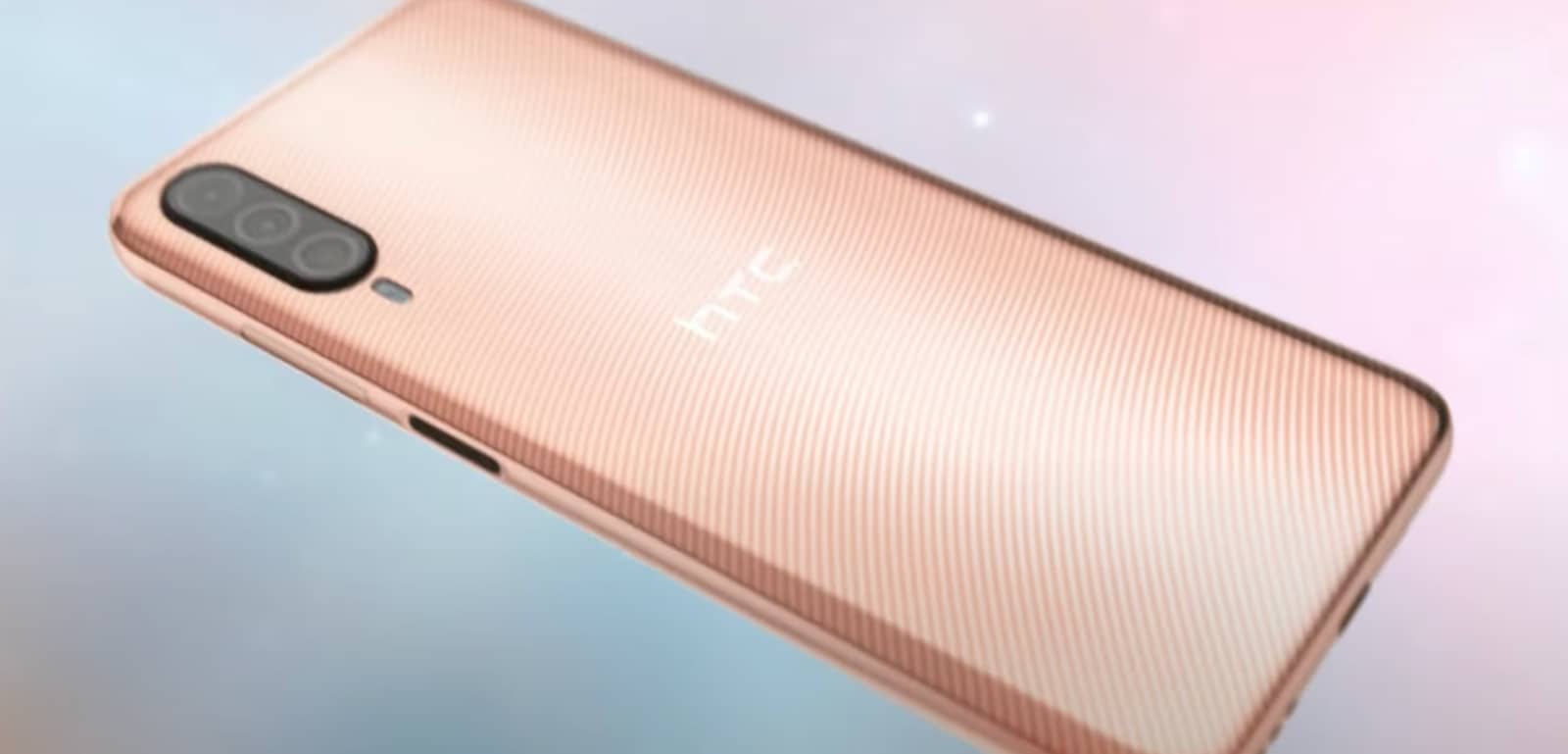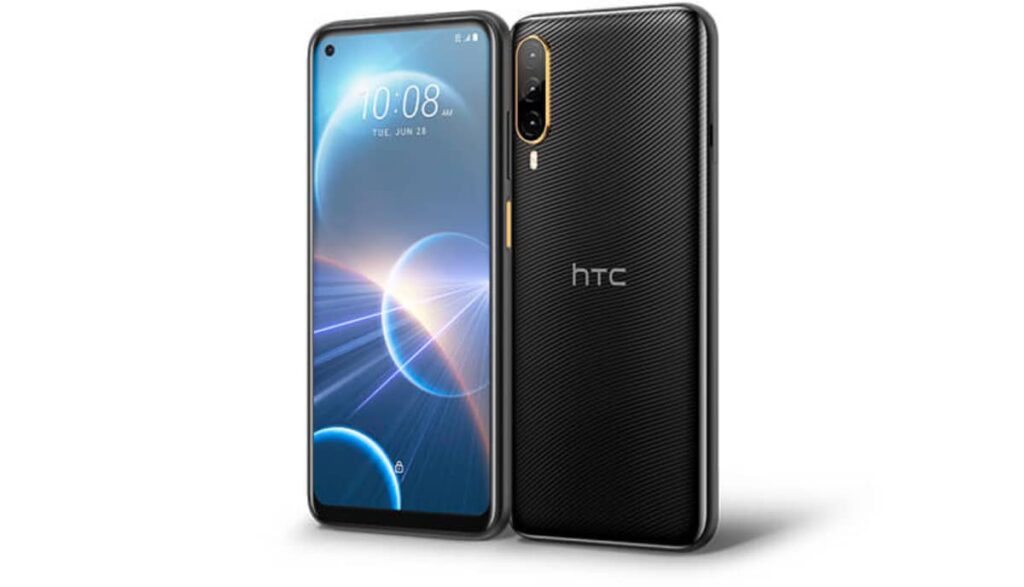There’s one more phone maker back making phones, as HTC makes its return, but the focus isn’t exactly on the high-end.
It has been quite some time since HTC showed a new phone, with July 2018 the last time a new model arrived. Cast your memory back to July 2018 and you might recall the HTC U12+, which was the last major model HTC offered, instead focusing on VR devices in its Vive system from this point on.
That is where HTC largely left things over the past four years, even amidst rumours of an obvious follow-up, including the idea of a Blockchain phone plus the obvious expectations of a follow-up to the U12 that never ended arriving.
Four years later, though, and with several VR headsets to take people into the online virtual world that is the “metaverse”, HTC has something on the way.
Announced this week, HTC isn’t just returning to the phone world, but reviving the “Desire” name, a phone model that has typically been focused on the mid-range for the brand, and appears to be doing that once again.
The Desire 22 Pro looks to be another large phone with a mid-range processor, offering a 6.6 inch Full HD+ screen, 120Hz refresh rate for smooth animations, and paired with 8GB RAM, 128GB storage, and a Qualcomm Snapdragon 695 5G chipset, a variant of Snapdragon launched last year specifically for connecting the mid-range to performance and 5G.
Like many other mid-range phones, there are a few cameras on the back, covering 64 megapixels on the standard, 13 megapixels for ultra-wide, and 5 megapixels for a portrait depth camera, while a 32 megapixel sits on the front. The phone runs Android 12, and includes pretty much all the things you’d expect a mid-range phone to get, supporting a fingerprint sensor, GPS, WiFi, Bluetooth, and even IP67 water and dust resistance.
Desire 22 pro is the phone to carry you into the future.
Learn more: https://t.co/QOev17nRSQ#htc pic.twitter.com/Hrwrp5iNmw— HTC (@htc) June 28, 2022
Most of what the Desire 22 Pro offers seems to be the standard mid-range fare, but HTC is also prepping it to support the “metaverse” by allowing it to tap into what folks using Vive headsets see, but without the headset. You’ll still be able to plug a VR headset in, with HTC’s Vive Flow actively mentioned, but that should come as little surprise: the Vive Flow is compatible with a bunch of phones, most of which are not made by HTC.
Weirdly, the phone appears positioned at the mid-range, even though Vive’s VR gear is often a little higher in price than we’d expect the traditional mid-range spender to splurge on.
However, all of this is largely academic for the Aussie buyer, with no information available yet on whether HTC will even bother in releasing the phone locally. For now, HTC’s Desire 22 Pro seems mostly focused on overseas, at least until the company decides on testing its return to phones in Australia.






